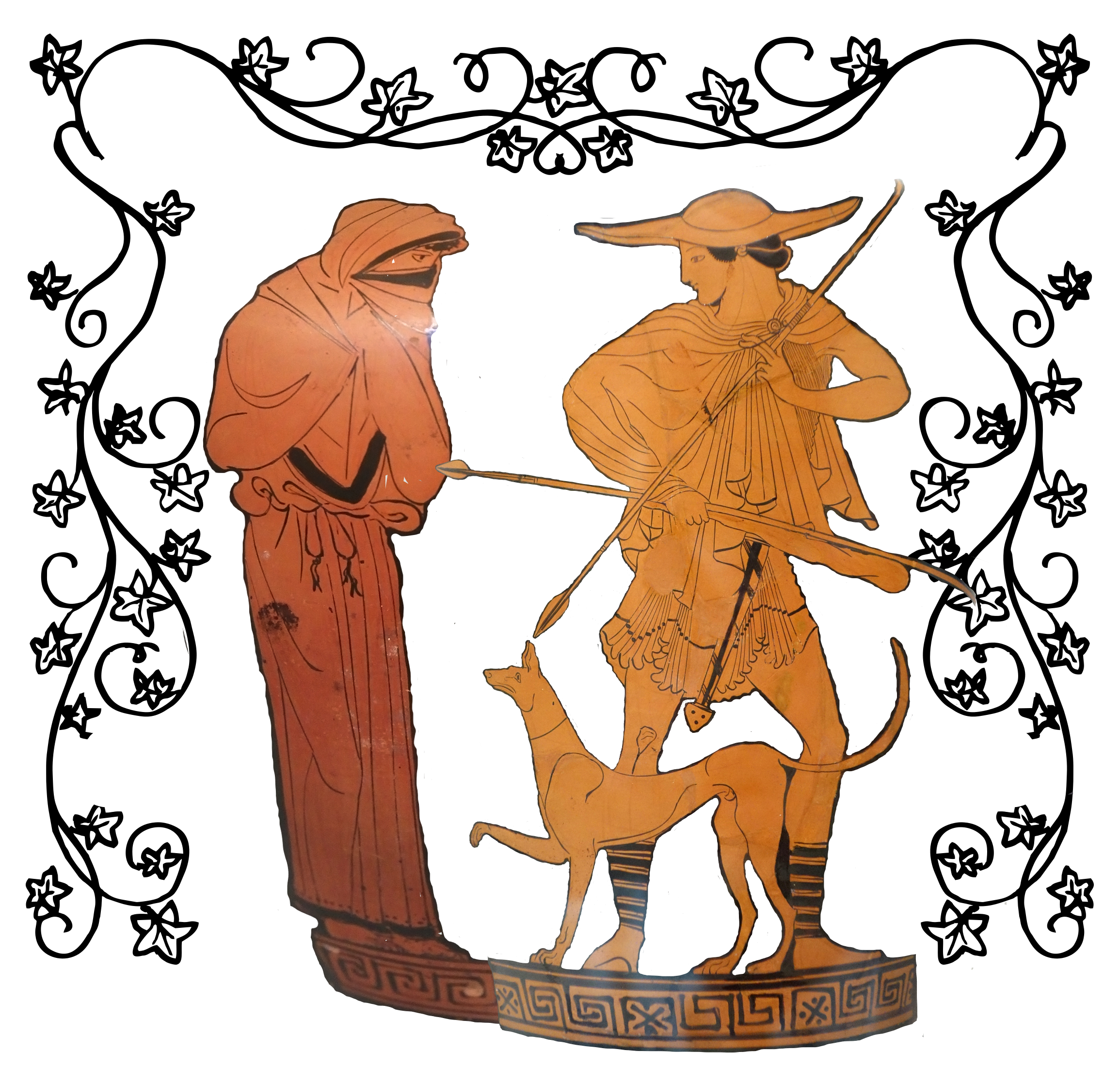Development of wedding traditions
This article discusses the Faren marriage customs, during the Second Republic period of 5th century AFS, in contrast with the early period and the earliest known customs from the mythical Time of Wander.
Nowadays the importance of love is emphatized much more, even though marriages are still important financial and spiritual deals between families. Even if a suitable partner was chosen by the family, it is believed that the couple should get to know each other well, and be able to freely refuse if they do not agree.
While love between all genders is common and accepted for Faren youth, marriages were viewed as intended for procreation between a man and a woman. Lately marriages between pairs of all genders have become more common in much of Farensal, and are commonly consecrated with similar rites.
Usually the wedding happens in the house of the groom's family. The ceremony is performed together by the fathers of the bride and groom. Traditionally they tie the right hand of the bride and groom together with a piece of string, symbolising that they are now united. It is believed that in the past the string used to be a strong vine, and vines are still commonly used as wedding decorations, and in art to symbolize love. Nowadays it's more commonly to not actually tie the hands together (this would be most unpractical), but for the couple to wear matching woven bracelets. After the wedding ceremony, dancing is a popular activity. This is usually done out of the house, and it's common for strangers to join in the dancing too. Specific wedding dances have been developed, that used to allow the couple to dance with their right hands tied together. Even though the tying is no longer common, the same dances are still popular, giving wedding dances their special character. Commonly these can be divided in to dances, where the the pair travels forward in the same direction (groom facing the back of the bride), and dances where the pair faces each other.
Wedding arrangements
Choosing a partner
Traditionally the marriages were always arranged, either between the families, or even between the organisations holding authority over the couple. This can be seen in the mythology in the marriage between Kauteirin and Farinwél. Their marriage was arranged between the Farinwéls commanders in the army, and the pastors of the temple that Kauteirin was a member of. The only way for them to have avoided the marriage, was for Kauteirin to reveal he was in fact a man as well, and thus unfit for the marriage. (For further details, see Secret conversations in the temple of Áfawarsal.)Nowadays the importance of love is emphatized much more, even though marriages are still important financial and spiritual deals between families. Even if a suitable partner was chosen by the family, it is believed that the couple should get to know each other well, and be able to freely refuse if they do not agree.
While love between all genders is common and accepted for Faren youth, marriages were viewed as intended for procreation between a man and a woman. Lately marriages between pairs of all genders have become more common in much of Farensal, and are commonly consecrated with similar rites.
Proposal
Traditionally on a girl's 15th birthday, any interested families could propose her by gifting her a new scarf. Then the girl hangs the new scarfs on display from her belt, and then goes dancing with her friends, to display the many proposals she got. Nowadays the parent's friends usually gift scarfs even when they don't have a marriage deal in mind.Marriage ceremony
The wedding used to be done publicly in the presense of the gods, but because it's viewed more as a deal between the families, a smaller ceremony in private is now more common.Usually the wedding happens in the house of the groom's family. The ceremony is performed together by the fathers of the bride and groom. Traditionally they tie the right hand of the bride and groom together with a piece of string, symbolising that they are now united. It is believed that in the past the string used to be a strong vine, and vines are still commonly used as wedding decorations, and in art to symbolize love. Nowadays it's more commonly to not actually tie the hands together (this would be most unpractical), but for the couple to wear matching woven bracelets. After the wedding ceremony, dancing is a popular activity. This is usually done out of the house, and it's common for strangers to join in the dancing too. Specific wedding dances have been developed, that used to allow the couple to dance with their right hands tied together. Even though the tying is no longer common, the same dances are still popular, giving wedding dances their special character. Commonly these can be divided in to dances, where the the pair travels forward in the same direction (groom facing the back of the bride), and dances where the pair faces each other.




Comments